- Travelogue
- Posts
- 05.26.25 | Phrae
05.26.25 | Phrae
My parents’ friends let us stay in their cute hotel in Phrae. They try to convince Mom and Dad to relocate to their new property, a stand of bungalows surround by rice paddies, but we are content with the accommodations close to town. There is more country than town in Phrae anyway. One wrong turn and you can trip into a canal used to flood the rice fields beside it.
We want Jok for breakfast--Thailand’s version of congee or rice porridge--and decide to go to my family’s favorite spot. But we arrive too late. They’re sold out. Restaurants like this are common out here. Shops open only for breakfast, lunch, or dinner--specialize in one dish--and when the food is gone, it’s gone. Sorry, please come back tomorrow.
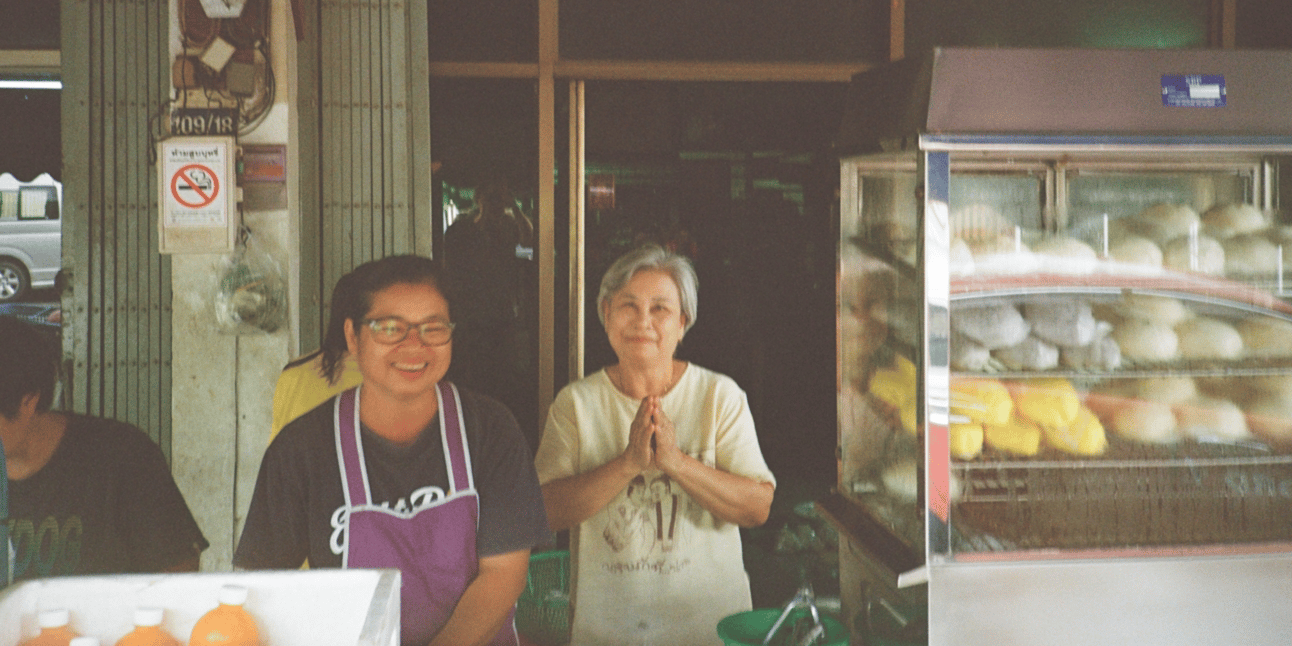
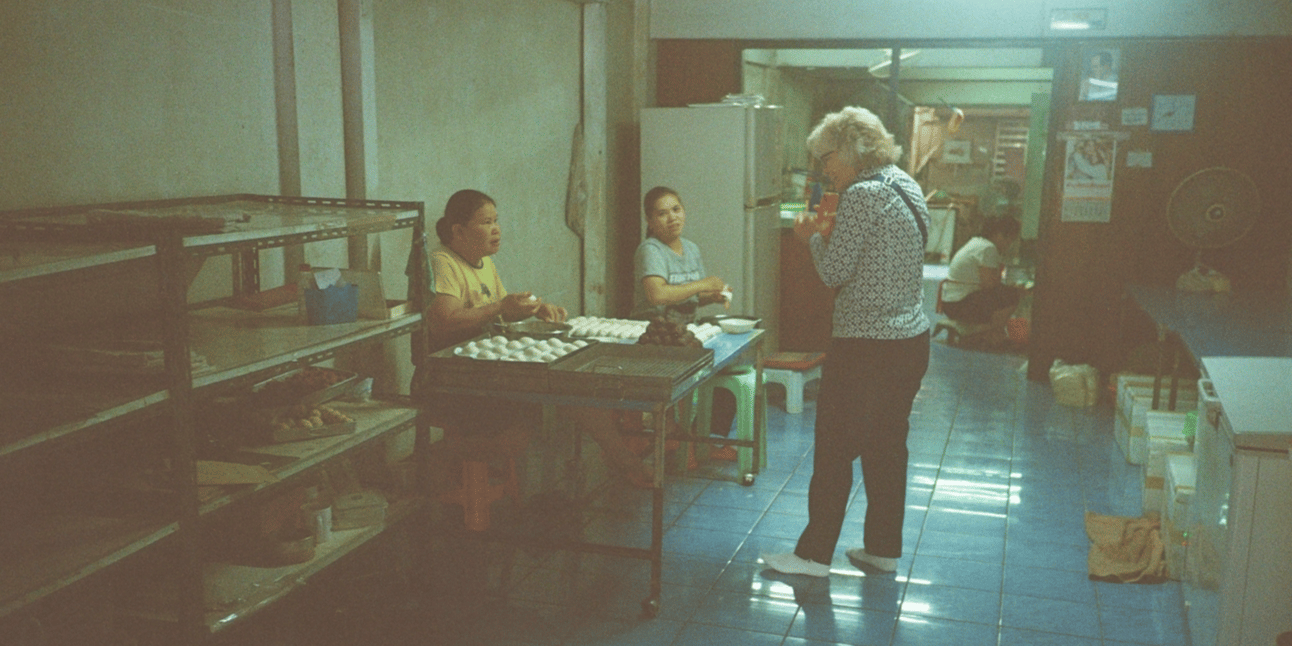
We pick up Salapao and Kanom Jeeb instead, Thai steamed buns and dumplings. Mom chats with the ladies making the buns by hand in the back. We eat our breakfast at our friends’ rice paddy bungalows so they can show us the new property. The view is beautiful. The paddies are being prepared to be flooded. Water buffalo roam the plowed but still dry fields. Mountains ring the horizon. The morning air is filled with the calls of birds I had forgotten I missed.
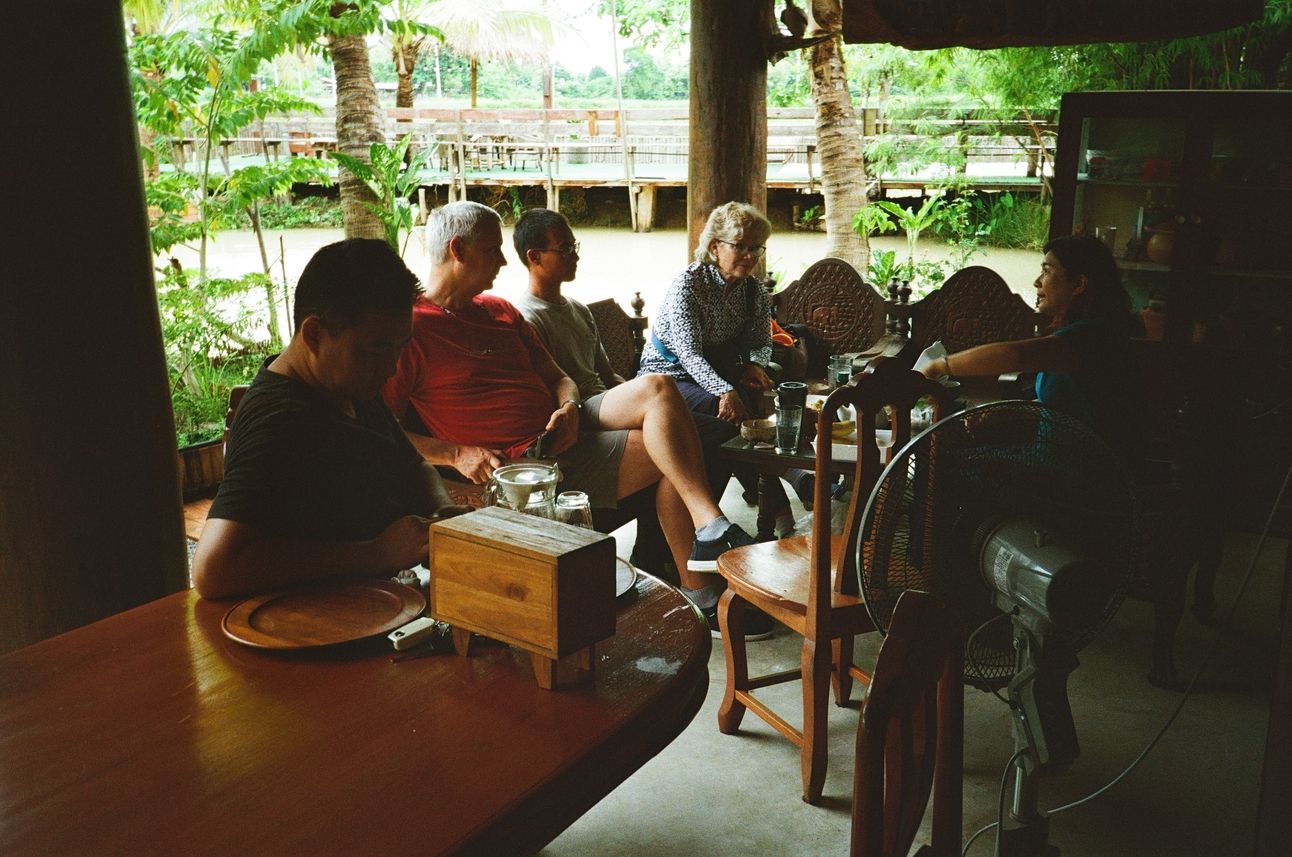
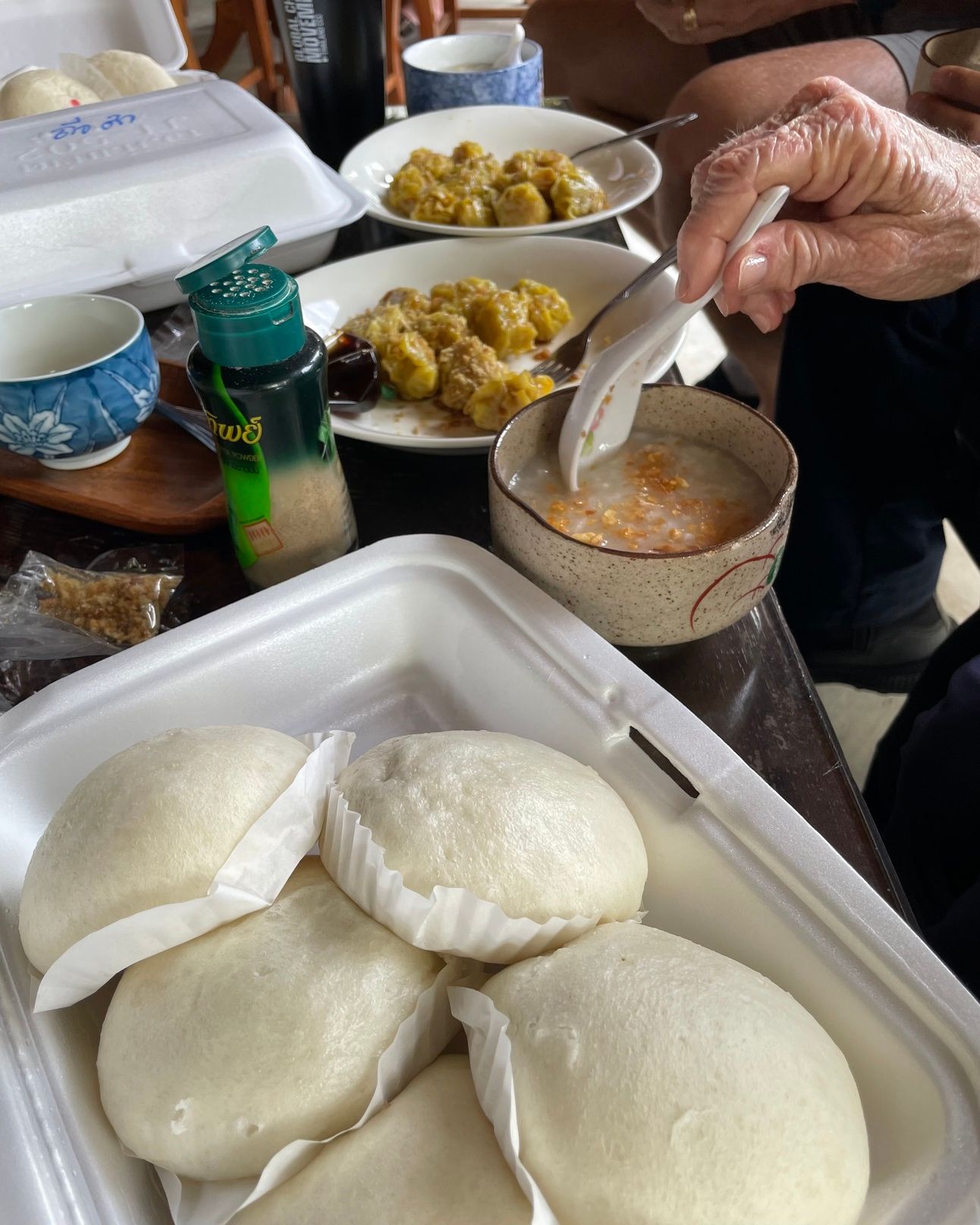
We meet with an American Christian missionary family new to the area for lunch at a supermarket called Big C. The food court is a cornucopia of Thai cuisine. I eat Khao Soi and Satay while my parents encourage the young couple with three children. The kids spoon rice into their mouths like natives--like they aren’t an ocean away from the culture they were born in. That was me once.
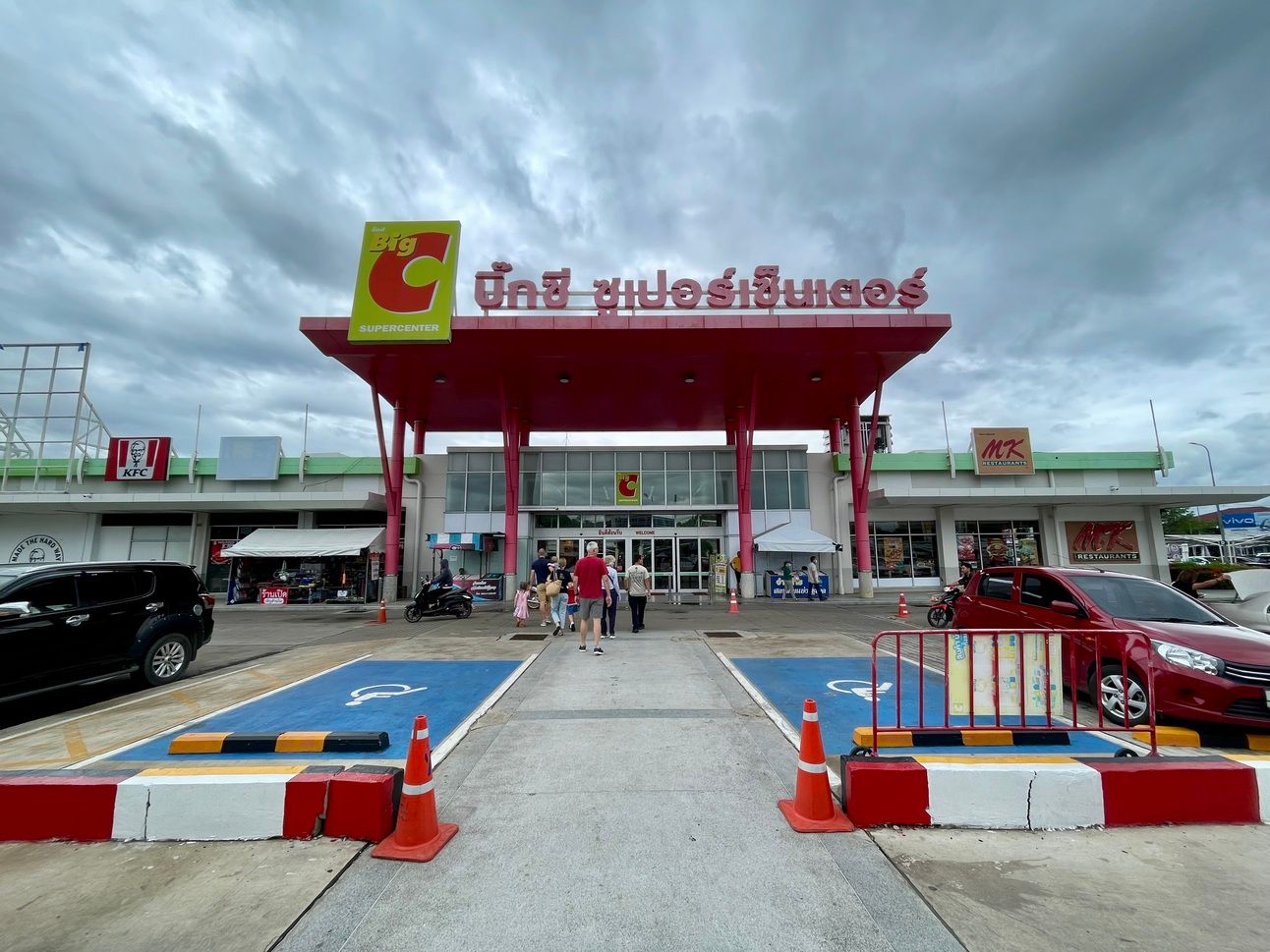
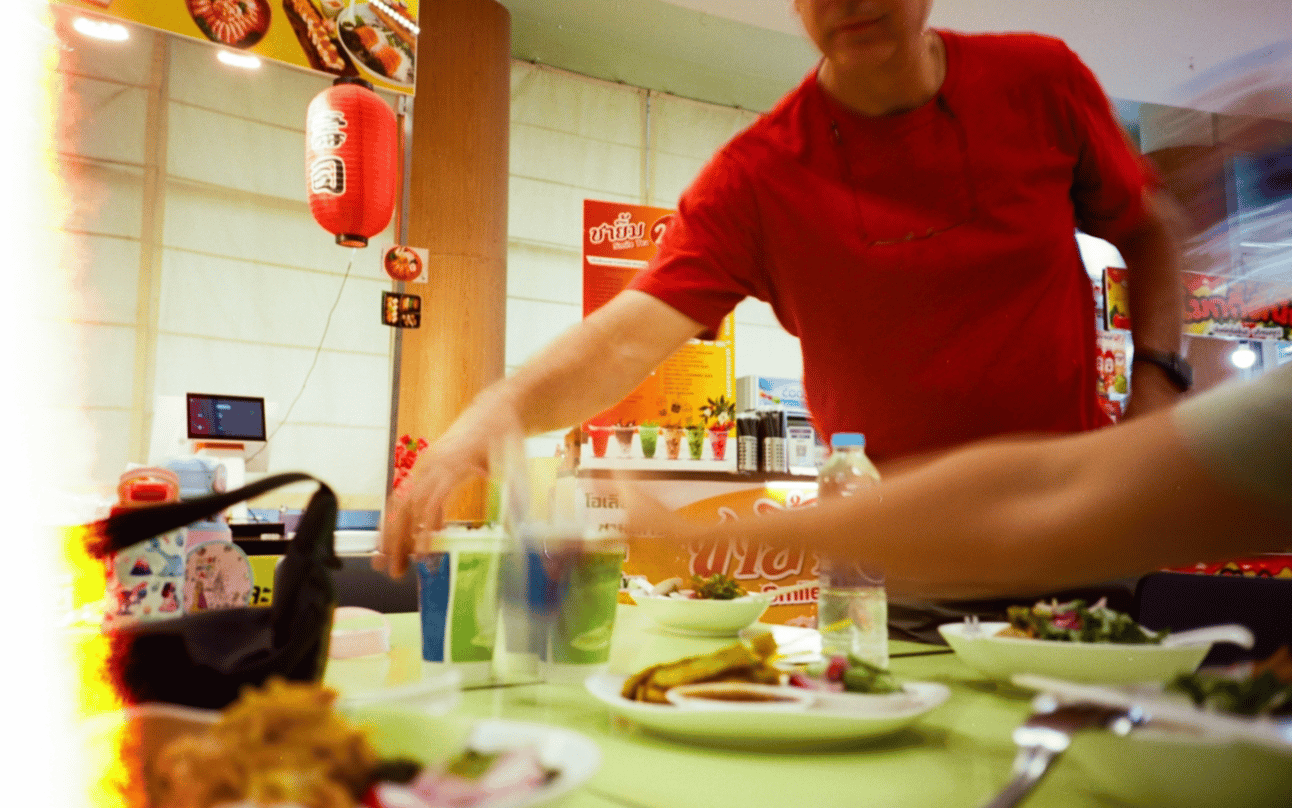
A Big C is like a Walmart or Target but with a strip mall tacked on the front. A variety of small shops, cellphone stores, and food chains supplement the main department store. This one has the ubiquitous KFC, Mister Donut, and Dairy Queen. I get a blizzard. The first in years. The mini size--barely a cup of soft serve. I only need a taste.
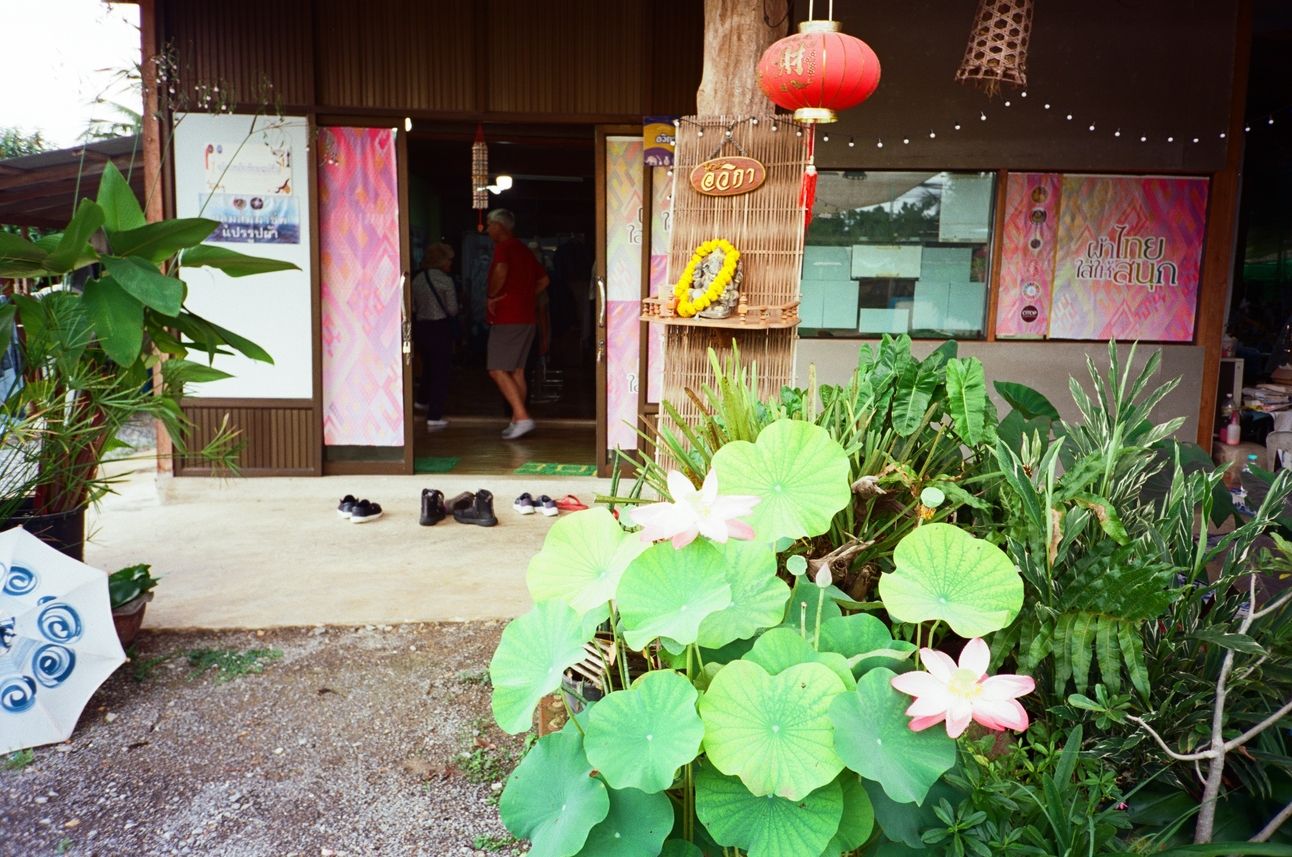
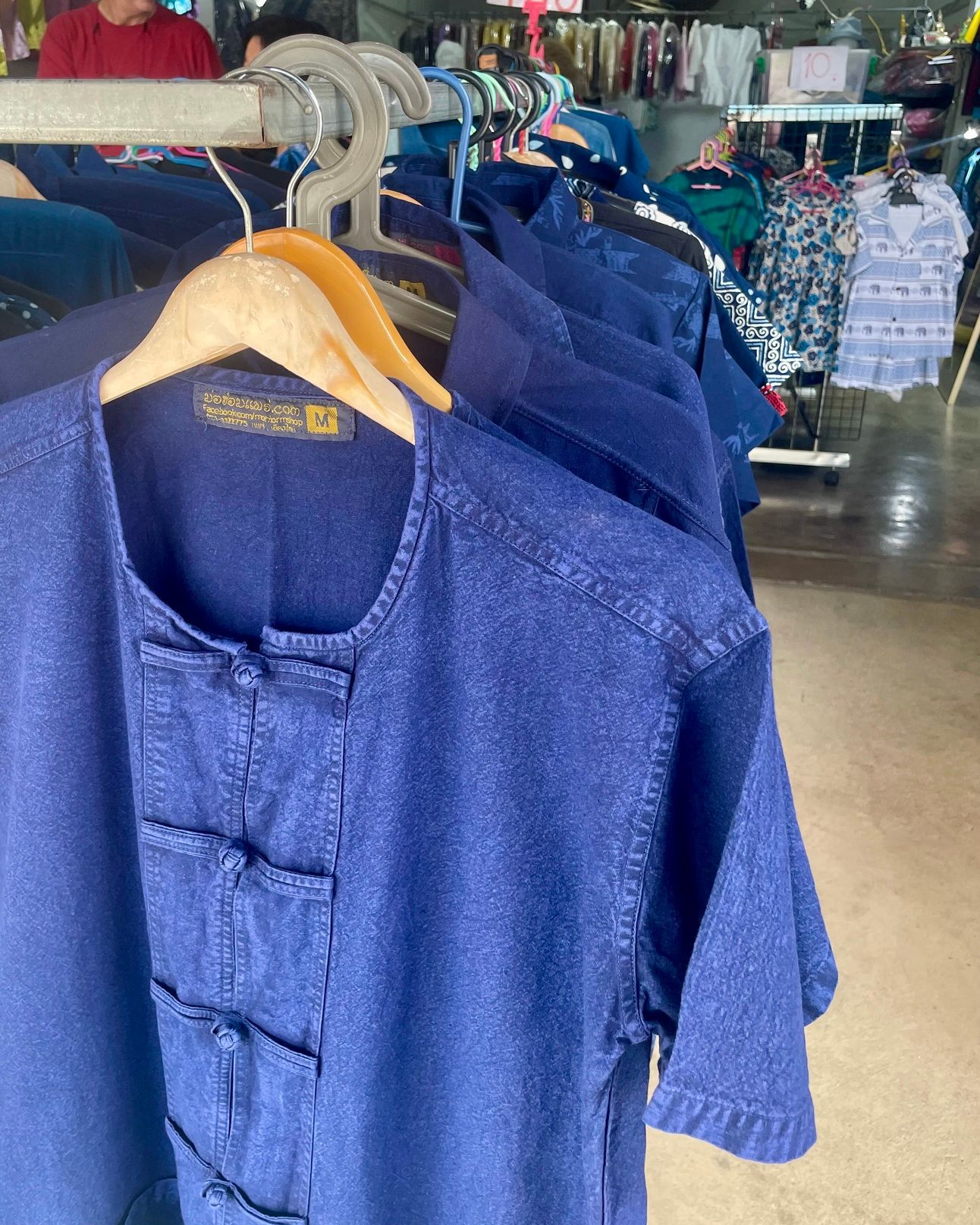
We shop for Pha Mo Hom after--a traditional fabric and work shirt. The materials grown, woven, and dyed by the community. The work shirt has cloth buttons, a Chinese collar, and large front pockets all sewn from indigo dyed cotton. It’s like wearing a sturdy denim shirt. The fabric is no longer dedicated to field work. More decorative shirts, bags, hats, purses, other home goods are made--it’s even found its way into high fashion--and they are dyed with intricate patterns of elephants, village scenes, and floral designs.
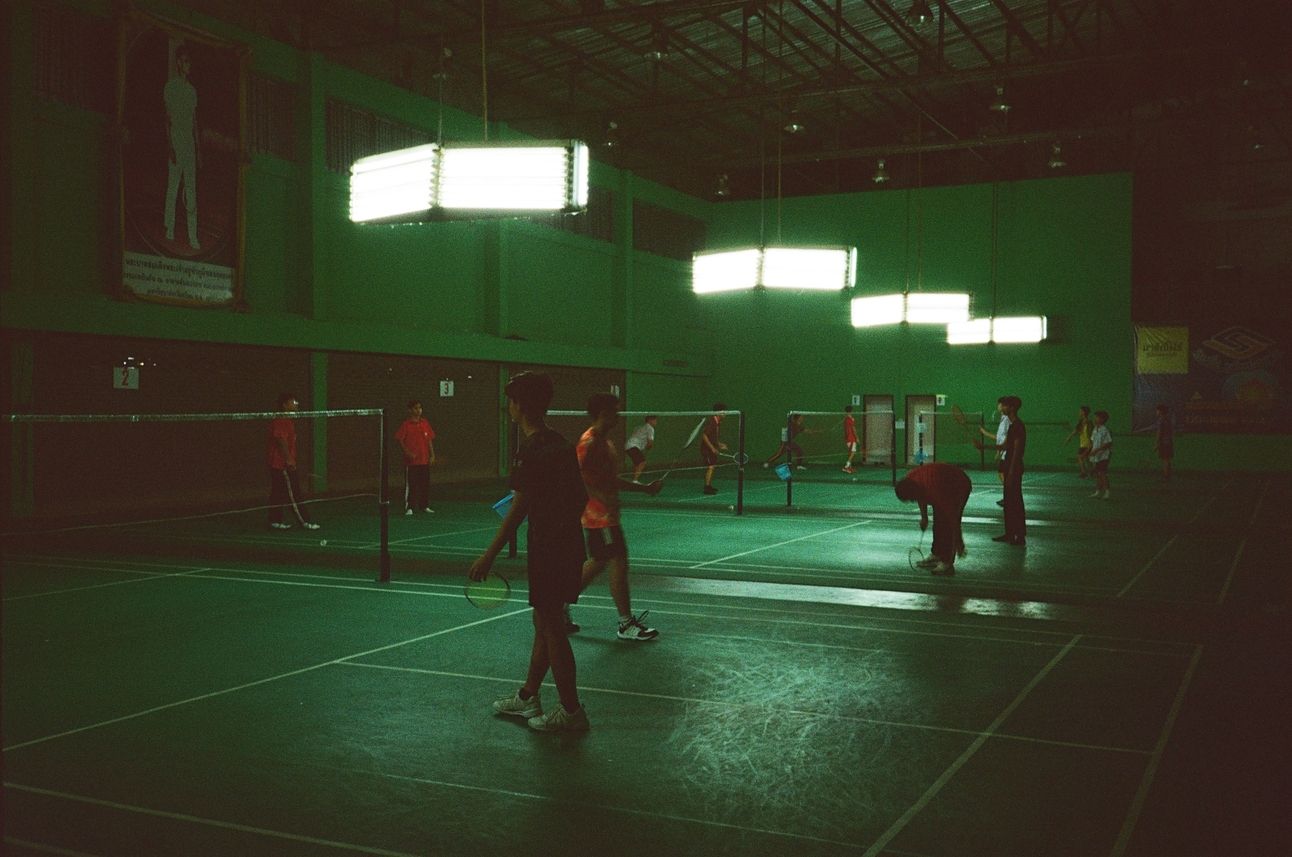
We play badminton at the municipal gymnasium in the late afternoon. We are lucky to find an open court. Students play casually with friends in the unconditioned building. Others train for competition. And a coach teaches a group of children. I work up a sweat rallying the birdie back and forth with my parents and brother.
We need to wash some clothes and look for a laundromat that evening. Food stalls line the roads serving noodle soup, stir-fry, and other treats. Students finished with their afterschool activities eat with their friends at folding tables seated on plastic stools. Clouds of flying termites swarm the florescent lights, coaxed from the ground by the rains. Jing-joks, small adorable geckos, cling to the walls under the bulbs and feast.
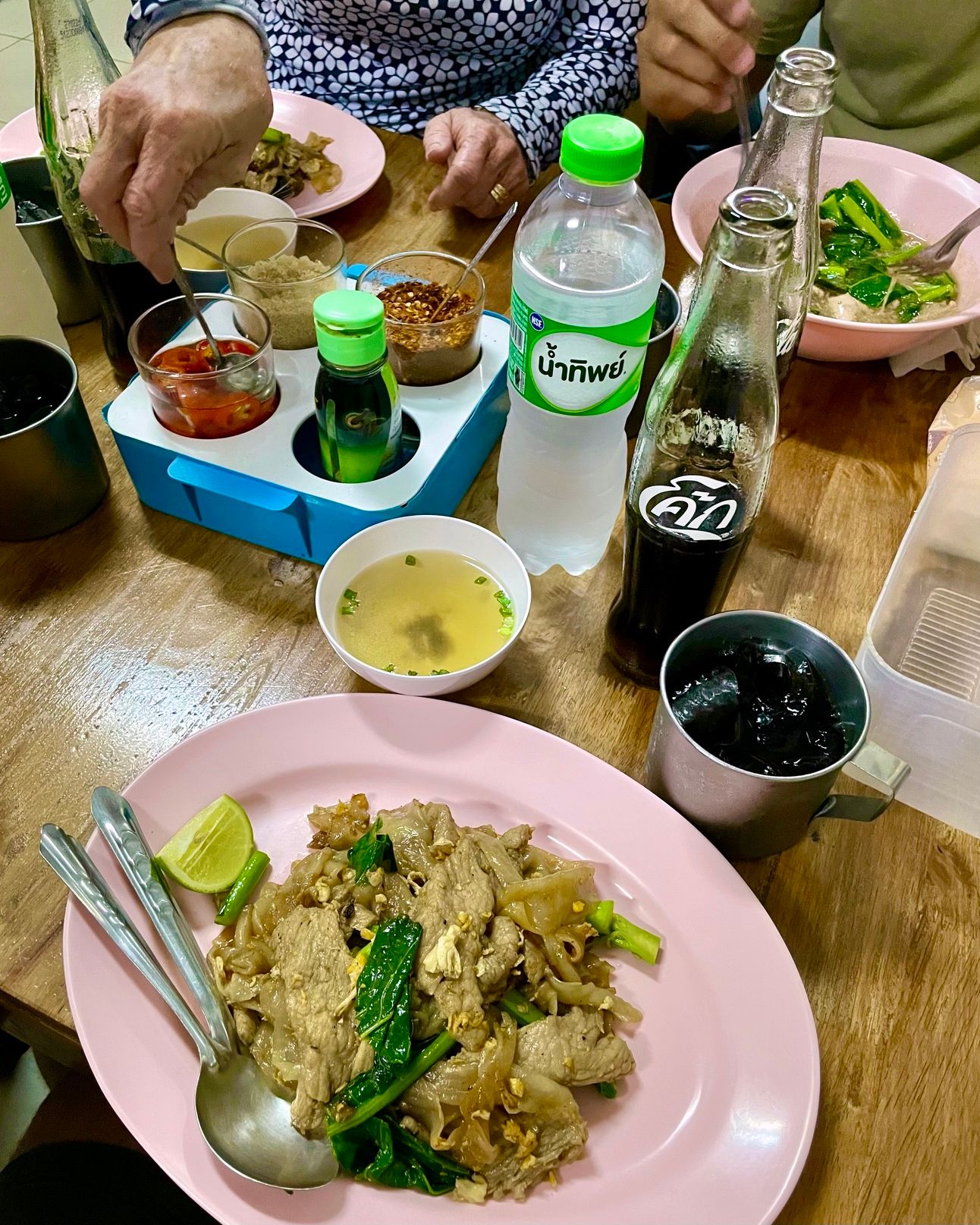
We feast on Rad Na and Pad See Ew.
Reply